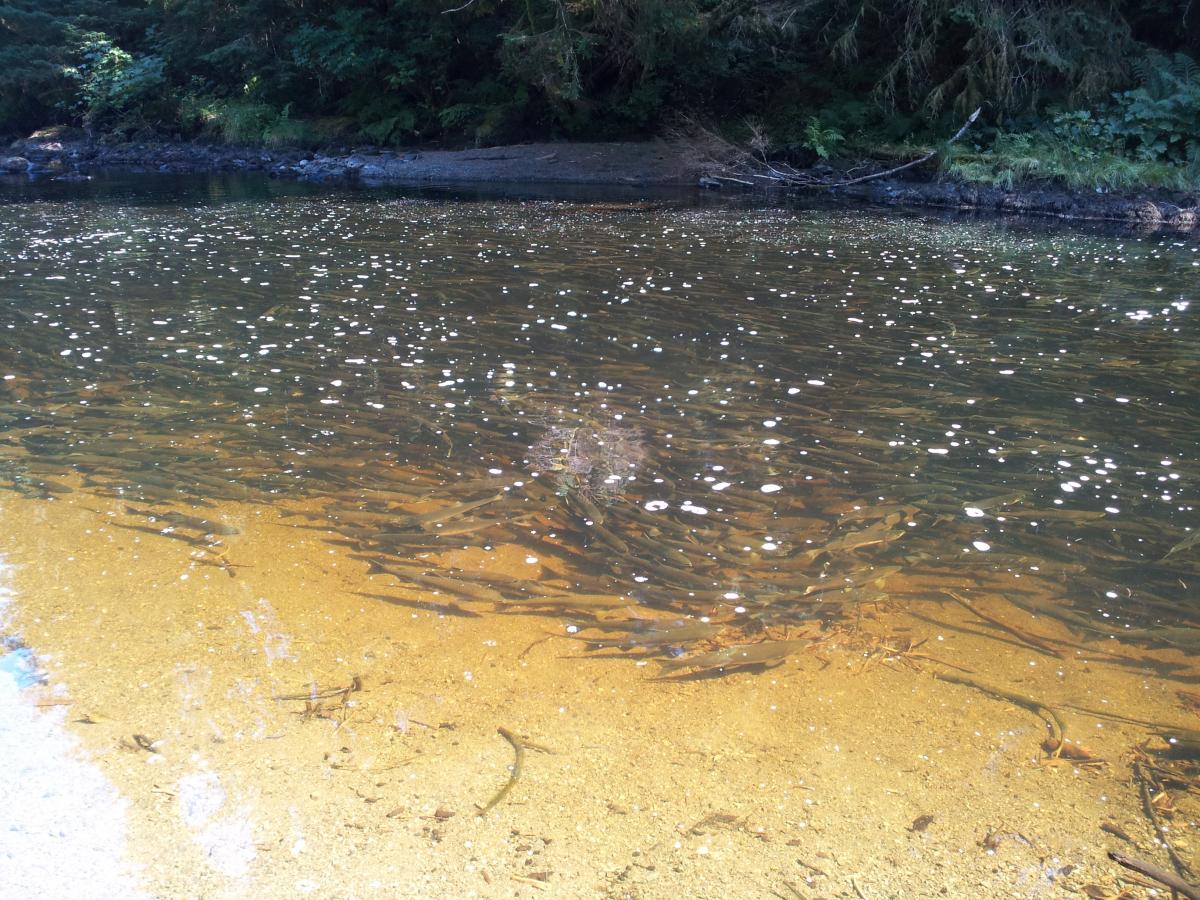Curated by ELLY HONG
Issue 23 of The Common features work by a wide array of writers from across the globe. Take a look at some of the writing that has inspired them in this month’s round of Friday Reads.
Curated by ELLY HONG
Issue 23 of The Common features work by a wide array of writers from across the globe. Take a look at some of the writing that has inspired them in this month’s round of Friday Reads.

We are dodging icebergs at twenty-five miles per hour. From the bow of our eighteen-foot Zodiac, I try to make sense of the ecosystem I’ve come here to investigate: northern Alaska’s Beaufort Sea coastline. But my customary visual bearings don’t seem to be serving me here in Alice’s Arctic Wonderland, where even the most fundamental rules of spatial arrangement have been upended. I see liquid lying over land, tundra hovering in midair, and chunks of ice floating several feet above the sea. I strain to delineate boundaries between water and sky, solid and gas, near and far. Where I expect borders, I find continuity—gradations of color, shifting shapes, and fluid forms. Reflections are sharper than the objects that make them, forcing me to question which way is up.
You once read, in a psychology journal you found in a dentist’s waiting room, that two people who have loved each other since age five or younger will instinctively believe that they are blood siblings. When, at seventeen, you began to dress like Solomon—to take his sweatshirts home, to wear circular wire-frame glasses identical to his except in their prescription—you despised yourself for it. Although you have no biological relation to Solomon, this mimicry red-flagged incest in a visceral way. You had been neighbors since you floated in utero. All your lives, you lived next door to each other in your little town near Anchorage. Together, you raised bugs and frogs in air-holed mason jars in Solomon’s bedroom and memorized riddles and Grimm’s fairytales to tell each other on tedious fishing trips with your parents. In middle school, you alternated first and second place medals at science fairs in cold gray gymnasiums across Alaska.
With CHRISTINE BYL

Your name: Christine Byl
Current town: Healy, AK, just north of Denali National Park
How long have you lived here? 10+ years

We saw them first from a small knoll among the massive spruces and the cedars. They darkened the water of the creek, turning it reddish black and opaque where it widened and slowed among the rocks. “Are those all fish?” I said.
By LEIGH NEWMAN
I grew up in Alaska, where one thing after another was constantly threatening my young life. Floatplanes stalled. Grizzlies ate our camping supplies. A moose wandering through our backyard got angrier than expected when a kid from school threw a rock at its knees. I wouldn’t say I was cavalier or brave about these experiences, but I didn’t need much time to recover from them. I was a child. My conclusion was almost always the same: I was still alive, and so was the rest of my family. We could all eat a granola bar and keep on fishing.
By ANNA FARRO HENDERSON (originally published under E. A. FARRO)
1.
The airport lights flicker below, and Sig and I part in silence. I creep towards the women’s cabin. Orange and pink bleed into my view of Juneau; the July sun has been setting since we snuck away from camp two hours ago. Sunset will run into the 3 a.m. sunrise; camp will wake promptly at 7:30. I undress in the semi-dark, climb the damp wood rungs to my bunk and listen for my seven sleeping colleagues. We are all geology majors, Class of ’03, in sight of college graduation.
I bend to earth. My fingers trace woodworm tracks along a beach log. I hold a frog in my hands and see patterns of mottled green. I’m looking for patterns. My Southeast Alaska landscape is woven on spruce baskets. On my walks, I’m like the ancient weaver who noticed a tree’s shadow reflecting on water. She moved her hands as if she weaved air. Later, with spruce roots between her fingers, she weaved the-shadow-of-a-little-tree on her basket. In her ancient Tlingit belief, the shadow of a tree is evidence of the spirit inhabiting the tree. The spirit is woven in shadow pattern, which becomes the “spirit of the basket.” The Lingít word aas daayí means tree bark, yet also describes the physical shell of a human being—aas daayí. In the Tlingit worldview, personhood is connected to the spirit of the trees, that is, people and trees share the same skin.